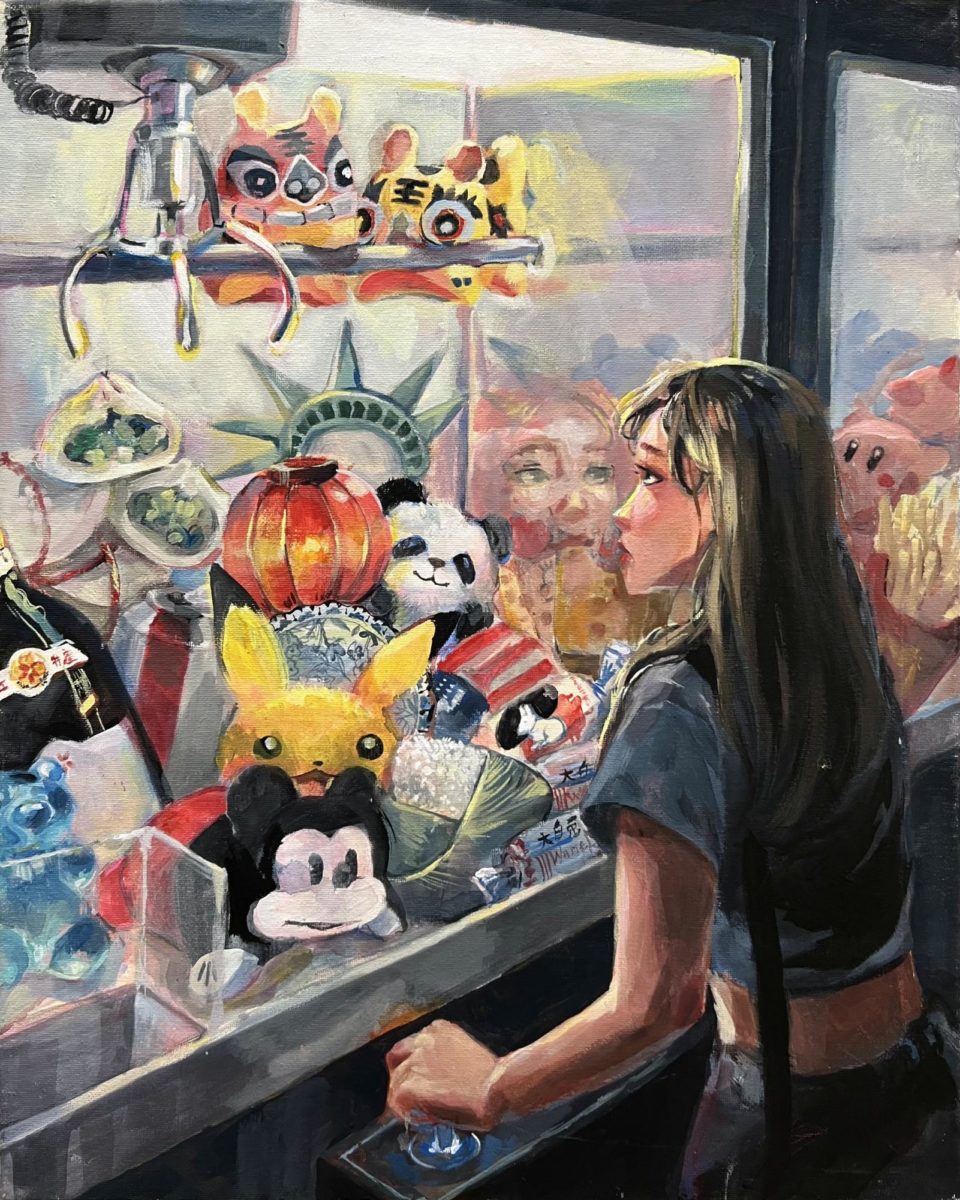One night, someone somewhere wakes up in a cold sweat. Inspiration has struck them. Over the next few weeks, they painstakingly bring that vision to life. On another night, someone else wakes up with a similar spark. They open their computer, type out a description of their vision, and feed that prompt to an AI to create.
The advent of AI-generated art, which is created by models trained to generate new images based off millions of previously created images, has introduced questions about how to properly label AI-generated art, how copyright applies to that art, and what to do about images that were used to train the AI models without permission from their creators. Another looming question concerns how human-created and AI-generated art will coexist, if at all.
On the one hand, AI-generated art may open up the field to ordinary people like never before.
“People who don’t have art skills or don’t have access to making art, if they have access to this computer software, they can create all different types of art,” sophomore Amya Joseph, secretary for the TJ Art Club, said.
However, Joseph anticipates that AI could pose a threat to the livelihoods of artists themselves, precisely because it opens up the field so much.
“People will see it as, ‘Oh, I don’t need to hire an artist to create this piece for me anymore, I can just go on this program and create it myself.’ So, especially people who have a career in art, they’re probably going to suffer because people are just using AI art now,” Joseph said.
Senior Elina Liu, co-president of the TJ Art Club, sees how AI could potentially increase access to art like never before while lowering demand for artists.
“I know art commissions, when you ask a real person to create them, take a lot of money, so AI art could surpass that,” Liu said.
But Liu also believes that human art will still have a major place next to AI art besides commissions, because AI art lacks a human touch that artists give their work.
“There’s some element of artist-made art that AI art, I think, can’t really replicate. You don’t know the meaning behind it or the intention behind it, and I think what really completes art is the story behind it, and AI art definitely doesn’t have that,” Liu said.
Sophomore Jessie Huang, the other co-president of the TJ Art Club, thinks that AI can inspire the color palette or composition of a piece, to a degree.
“I think that if you’re practicing art and you need a color palette or some sort of setting, then you can definitely try to use AI to help, but I don’t think that AI should be your only way of generating ideas,” Huang said.
However, art teacher Jayne Matricardi sees a potential issue with the style set by AI art.
“A lot of AI work does fall into a kind of narrow aesthetic, which makes me nervous because then the more people see it, then the more they’ll get used to that one particular type of aesthetic,” Matricardi said.
According to Liu though, artists and programmers could cooperate to create artistic AI–if only programmers ask.
“My understanding of neural networks is that you have to have training sets, so you have to have initial images,” Liu said. “I think it’s fairly easy to find artists that are actually interested in this expansion of AI art and ask for their consent to use their works, and then I think it’d be great for artists and coders to work together.”
From the May 2023 Issue of tjTODAY


